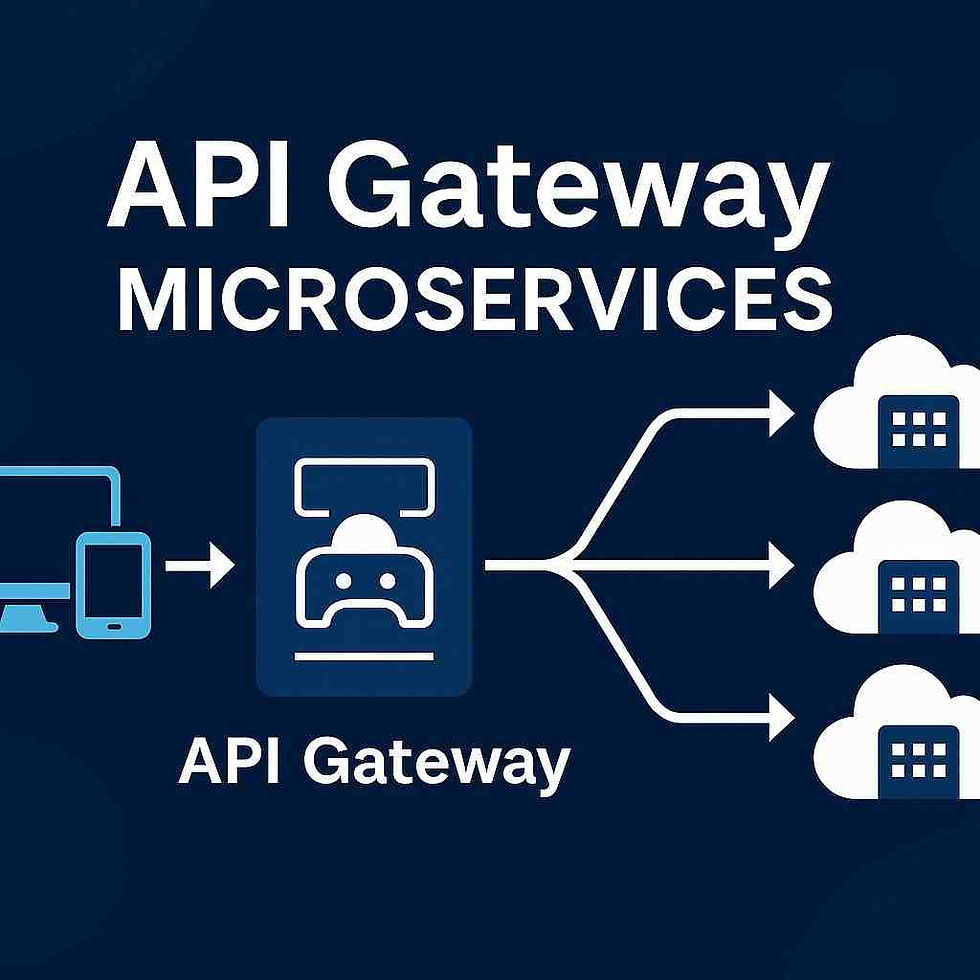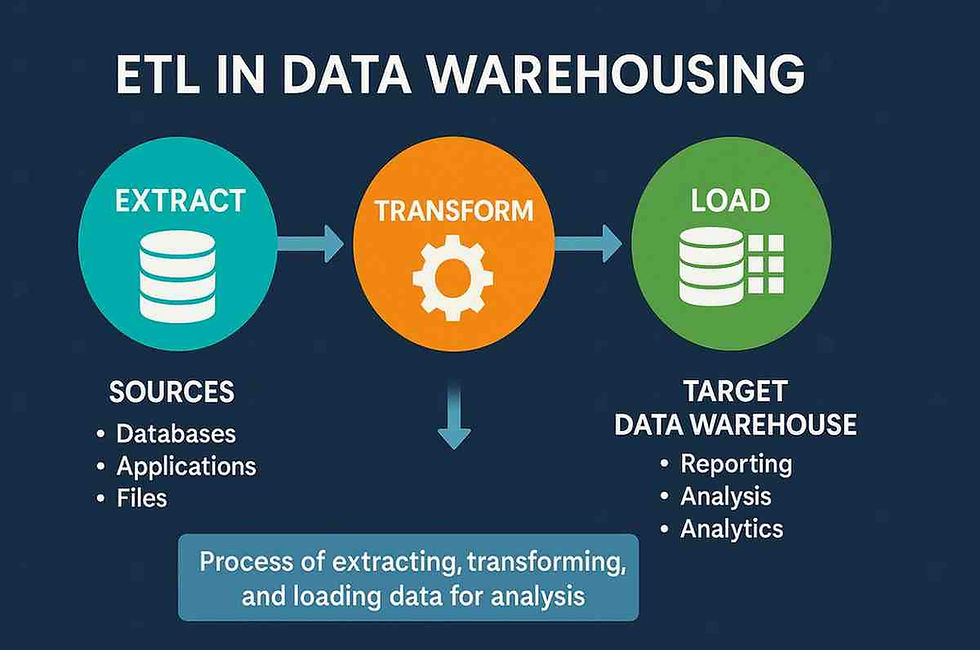Decision Table Testing: Your Guide to Systematic Testing in 2025
- Gunashree RS
- Jul 18
- 7 min read
In the rapidly evolving world of software testing, ensuring comprehensive coverage while maintaining efficiency remains a constant challenge. Decision table testing emerges as a powerful black-box testing technique that transforms complex business logic into organized, testable formats. This systematic approach helps testers navigate intricate scenarios with confidence, ensuring no critical combinations are overlooked.
As we advance through 2025, the complexity of software systems continues to grow exponentially. Decision table testing provides a structured methodology that bridges the gap between complex business requirements and practical testing execution, making it an indispensable tool for modern quality assurance professionals.

What is Decision Table Testing?
Decision table testing is a systematic black-box testing technique that uses tabular representations to map various input combinations with their corresponding outputs. This method transforms complex business logic into easily understandable tables, where each column represents a unique test scenario.
The technique operates on a simple premise: for every combination of input conditions, there should be a predictable system response. By organizing these relationships in a structured format, testers can ensure comprehensive coverage while eliminating redundancy and confusion.
Core Components of Decision Tables
Every decision table consists of four fundamental elements:
Conditions: Input variables that influence system behavior
Actions: Expected outcomes or system responses
Rules: Specific combinations linking conditions to actions
Test Cases: Individual scenarios derived from each rule
This structured approach ensures that complex business logic remains manageable and testable, regardless of the system's complexity.
Why Decision Table Testing Matters in Modern Software Development
Today's software applications handle increasingly complex business rules and user interactions. Traditional testing approaches often struggle to capture all possible scenarios, leading to gaps in test coverage and potential defects in production.
Decision table testing addresses these challenges by providing a visual and systematic approach to test case design. It ensures that every possible combination of inputs is considered, reducing the likelihood of overlooking critical scenarios.
The Business Value
Organizations implementing decision table testing typically experience:
Reduced defect rates due to comprehensive scenario coverage
Improved communication between business analysts, developers, and testers
Enhanced maintainability of test suites through clear documentation
Faster requirement analysis and test case creation
Better traceability between business rules and test cases
Step-by-Step Guide to Creating Decision Tables
Step 1: Identify System Conditions and Actions
Begin by analyzing your system's business logic to identify all relevant conditions and their possible actions. This requires close collaboration with business analysts and stakeholders to ensure complete understanding.
For example, consider an e-commerce discount system:
Conditions: Customer type, order amount, promotional code
Actions: Discount percentage, free shipping eligibility, bonus points
Step 2: Determine Condition Values
Define all possible values for each condition. Use equivalence partitioning to group similar values and reduce the number of test cases while maintaining coverage.
Customer Type: Premium, Regular, New Order Amount: Below $50, $50-$200, Above $200
Promotional Code: Valid, Invalid, Expired
Step 3: Create All Logical Combinations
Generate all meaningful combinations of conditions. Not every theoretical combination may be practically relevant, so focus on realistic scenarios.
Step 4: Define Expected Actions
For each combination, determine the expected system response. This step requires deep understanding of business rules and may involve multiple stakeholders.
Step 5: Build the Decision Table
Organize your findings into a structured table format:
Rule | R1 | R2 | R3 | R4 | R5 | R6 |
Conditions | ||||||
Customer Type | Premium | Premium | Regular | Regular | New | New |
Order Amount | >$200 | $50-$200 | >$200 | <$50 | >$200 | <$50 |
Promo Code | Valid | Valid | Valid | Valid | Valid | Valid |
Actions | ||||||
Discount % | 20% | 15% | 15% | 5% | 10% | 5% |
Free Shipping | Yes | Yes | Yes | No | Yes | No |
Bonus Points | 50 | 30 | 40 | 10 | 20 | 5 |
Advanced Techniques and Optimization Strategies
Handling Complex Conditions
When dealing with complex conditions involving ranges or multiple variables, consider these approaches:
Boundary Value Analysis: Test at the edges of acceptable ranges
Equivalence Class Partitioning: Group similar input values
Pairwise Testing: Focus on combinations of two conditions at a time
Risk-Based Prioritization: Prioritize high-risk scenarios
Table Optimization
Large decision tables can become unwieldy. Use these optimization techniques:
Condition Merging: Combine related conditions where possible
Rule Reduction: Eliminate redundant or impossible combinations
Hierarchical Tables: Break complex tables into smaller, manageable units
Don't Care Conditions: Use wildcards for conditions that don't affect outcomes
Common Pitfalls and How to Avoid Them
Incomplete Condition Analysis
Problem: Missing important conditions that affect system behavior
Solution: Conduct thorough requirement reviews and stakeholder interviews
Over-Complicated Tables
Problem: Creating tables that are too complex to manage effectively
Solution: Break down complex scenarios into smaller, focused tables
Ignoring Edge Cases
Problem: Focusing only on typical scenarios while missing boundary conditions
Solution: Systematically include boundary value testing in your approach
Poor Documentation
Problem: Creating tables without sufficient context or explanation
Solution: Include clear descriptions and rationale for each condition and action
Real-World Applications and Case Studies
Banking and Financial Services
Financial institutions use decision table testing extensively for:
Loan approval processes
Credit card application evaluations
Investment risk assessments
Fraud detection systems
E-commerce Platforms
Online retailers implement decision tables for:
Dynamic pricing strategies
Inventory management rules
Customer segmentation
Payment processing workflows
Healthcare Systems
Healthcare applications utilize decision tables for:
Treatment recommendation engines
Insurance claim processing
Patient eligibility verification
Medication interaction checks
Integration with Modern Testing Tools
Automation-Friendly Formats
Modern decision table testing integrates seamlessly with automation frameworks:
Test Data Management: Export tables to CSV or JSON formats
Parameterized Testing: Use table data to drive automated test execution
Continuous Integration: Incorporate decision table validation into CI/CD pipelines
Reporting: Generate comprehensive reports showing coverage and results
Tool Integration
Popular testing tools supporting decision table testing include:
TestComplete with decision table plugins
Cucumber with data tables
JUnit with parameterized tests
Selenium with data-driven frameworks
Best Practices for Maximum Effectiveness
Start Small and Scale
Begin with simple scenarios and gradually increase complexity. This approach helps teams build confidence and expertise while avoiding overwhelming initial implementations.
Maintain Version Control
Track changes to decision tables just like source code. This ensures traceability and helps teams understand the evolution of business rules over time.
Regular Reviews and Updates
Schedule periodic reviews of decision tables to ensure they remain current with evolving business requirements. Outdated tables can lead to ineffective testing and missed defects.
Cross-Team Collaboration
Involve business analysts, developers, and testers in decision table creation. This collaborative approach ensures a comprehensive understanding and buy-in from all stakeholders.
Frequently Asked Questions (FAQs)
What is the main advantage of decision table testing over other testing techniques?
Decision table testing provides systematic coverage of all possible input combinations, ensuring comprehensive testing while maintaining clear documentation. It eliminates guesswork and reduces the likelihood of missing critical scenarios.
How do I handle large numbers of conditions in decision tables?
For systems with many conditions, use techniques like pairwise testing, equivalence partitioning, and hierarchical table structures. Break complex tables into smaller, manageable units that focus on specific aspects of the system.
Can decision table testing be automated?
Yes, decision tables translate excellently into automated test scripts. The structured format makes it easy to create data-driven tests that execute all scenarios systematically.
When should I avoid using decision table testing?
Decision table testing may not be suitable for exploratory testing scenarios, performance testing, or systems with very simple linear workflows. It's most effective for complex business logic with multiple interacting conditions.
How do I validate that my decision table is complete?
Review your table with business stakeholders, ensure all business rules are represented, and verify that every possible combination of conditions has a defined action. Use peer reviews and requirement traceability to identify gaps.
What's the difference between decision table testing and other black-box techniques?
While techniques like boundary value analysis and equivalence partitioning focus on individual inputs, decision table testing specifically addresses the interactions between multiple conditions and their combined effects on system behavior.
How do I maintain decision tables as requirements change?
Implement version control for your decision tables, establish clear change management processes, and regularly review tables against current requirements. Treat decision tables as living documents that evolve with your system.
Can decision table testing be used for API testing?
Absolutely! Decision tables work excellently for API testing scenarios where multiple parameters influence response behavior. They help ensure comprehensive coverage of parameter combinations and expected responses.
Conclusion
Decision table testing stands as a cornerstone technique for modern software quality assurance, offering a systematic approach to complex scenario testing. By transforming intricate business logic into organized, testable formats, it empowers teams to achieve comprehensive coverage while maintaining clarity and efficiency.
As software systems continue to evolve in complexity, the structured approach provided by decision table testing becomes increasingly valuable. It bridges the gap between business requirements and technical implementation, ensuring that critical scenarios are never overlooked.
The key to success lies in understanding when and how to apply this technique effectively. Start with simple scenarios, build expertise gradually, and always maintain focus on the business value being delivered. With proper implementation and adherence to best practices, decision table testing becomes an invaluable asset in any organization's testing toolkit.
Key Takeaways
• Systematic Coverage: Decision table testing ensures comprehensive coverage of all possible input combinations, reducing the risk of missed scenarios
• Clear Documentation: Tables provide visual representations of business logic that are easily understood by all stakeholders
• Efficient Test Design: The structured approach eliminates redundancy and creates focused, meaningful test cases
• Cross-Team Collaboration: Decision tables facilitate better communication between business analysts, developers, and testers
• Automation-Friendly: The tabular format translates seamlessly into automated test scripts and data-driven testing approaches
• Scalable Methodology: Techniques like equivalence partitioning and boundary value analysis can be integrated to handle complex systems
• Continuous Improvement: Regular reviews and updates ensure decision tables remain current with evolving business requirements
• Risk Mitigation: By systematically testing all combinations, organizations reduce the likelihood of production defects and improve overall quality




INDOVIP138
indovip138
indovip138
indovip138
indovip138
indovip138
indovip138
indovip138
indovip138
indovip138
indovip138
indovip138
indovip138
indovip138
indovip138
indovip138
indovip138
indovip138
indovip138
indovip138
indovip138
indovip138
indovip138
indovip138
indovip138
indovip138
indovip138
indovip138
indovip138
indovip138
indovip138
indovip138
indovip138
indovip138
indovip138
indovip138
indovip138
indovip138
indovip138
indovip138
indovip138
indovip138
indovip138
indovip138
indovip138
Link INDOVIP138
indovip138
indovip138
indovip138
indovip138
indovip138
indovip138
indovip138
indovip138
indovip138
indovip138
indovip138
indovip138
indovip138
indovip138
indovip138
indovip138
indovip138
indovip138
indovip138
indovip138
indovip138
indovip138
indovip138
indovip138
indovip138
indovip138
indovip138
indovip138
indovip138
indovip138
indovip138
indovip138
PAUTOTO
PAUTOTO
PAUTOTO
PAUTOTO
PAUTOTO
SUPTOGEL
SUPTOGEL
SUPTOGEL
SUPTOGEL
SUPTOGEL
BANTOGEL
BANTOGEL
BANTOGEL
BANTOGEL
BANTOGEL
GUATOGEL
GUATOGEL
GUATOGEL
GUATOGEL
GUATOGEL
LAMTOTO
LAMTOTO
LAMTOTO
LAMTOTO
LAMTOTO
LPG888
RAPTOTO
SlotGacorGuide
SlotGacorGuide
The step-by-step examples are particularly useful for researchers and QA professionals looking to optimize test coverage. For those in academia applying these concepts to higher-level work like a PhD dissertation help in Ireland, this framework could even streamline thesis research on software validation methods. Pairing rigorous testing strategies with specialized academic support ensures both precision and timely progress.
Decision Table Testing offers a structured way to ensure all conditions and actions are tested clearly in 2025 software processes. It's a valuable approach for students exploring software testing techniques. While managing academic workload, many students also choose to buy dissertation online UK for reliable writing support and better focus.